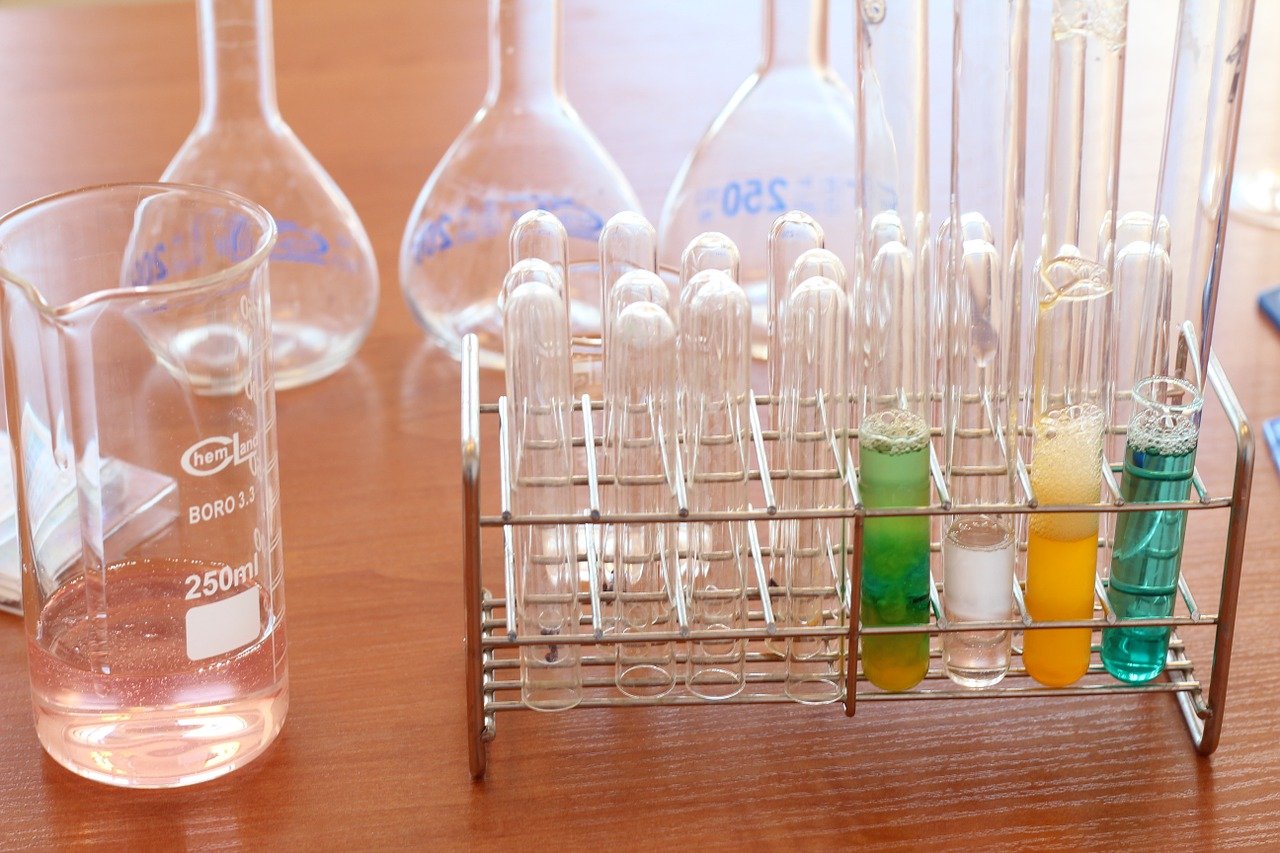Children experiments are closely linked with the power of observation. Most children who involve themselves with science projects and experiments do so to observe reactions and the science behind the reaction.
What is the Scientific Method?
Chances are that you have heard about the scientific method; and most likely, you used it when you were a student. The scientific method is a system which scientists follow to ensure that the outcome of their experiments and tests are accurate.
When you use free science worksheets pdf to teach your child about the scientific method, you teach them to be more thorough with their work, to be more critical, and to always ask questions about things.
For scientists, they begin their experiment process by setting a question which they wish to find the answer to. This question is more or less their anchor, and serves as a goal to find an answer with their experiment. This step is extremely important, and you should make sure your child understands just how so.
The next step is the hypothesis, also known as a prediction based on already known facts. Now, scientists can gather the facts and materials they need to conduct their experiment. Once this is done, the next step is to conduct the procedure – leading to observations, data records, and results. Once a conclusion is reached, it can be published.
The best way to help your child learn is through practice. Here’s a simple science projects3rd grade science students can work on at home:
- How does water travel from roots to leaves?
If your child has ever expressed any interest or curiosity as to why and how plant leaves stay moist and juicy, this science experiment is perfect for them. They know that we water plants whose roots are in the soil, but how does that water travel from the root, through the stem and into the leaves. This simple experiment will answer all questions your child might have about this process.
Things you’ll need:
- 3 glass jars
- 3 colors of food coloring (whichever you prefer)
- Knife
- 3 celery stalks
- Water
Before beginning the experiment, help your child find their big question.
Next, ask them if they can predict what their findings might be based on facts they already know. For example, ask your child to try relating the process to how the human body works. Are there any similarities?
Prepare your celery stalk by cutting off the bottom of each stalk. Then, fill the glasses halfway with water. Add some drops of your food coloring to each glass of water. Make sure each glass of water is colored different.
Once your jars of colored water are ready, place a stalk of celery in each jar and allow it to sit for up to an hour.
After the allotted time, help your child rip open the stalks and observe how the colored water flowed through to the tip of each leaf.
Record your child’s findings, and help them to draw up a conclusion.
To get technical with your child, explain to them that plants have xylem tubes, and these tubes transport water from the roots of the plant to the very tip of each leaf. The process of transporting water in a plant is known as capillary action, and it can very much be likened to the way we suck water up from a glass through a straw!
As stated, the best way to help your child learn science is through science experiments for kids. Get started on your child’s science journey with these ideas, and help your child broaden their learning.



 Bitcoin
Bitcoin  Ethereum
Ethereum  Tether
Tether  XRP
XRP  Solana
Solana  USDC
USDC  TRON
TRON  Cardano
Cardano  Lido Staked Ether
Lido Staked Ether  Avalanche
Avalanche  Toncoin
Toncoin